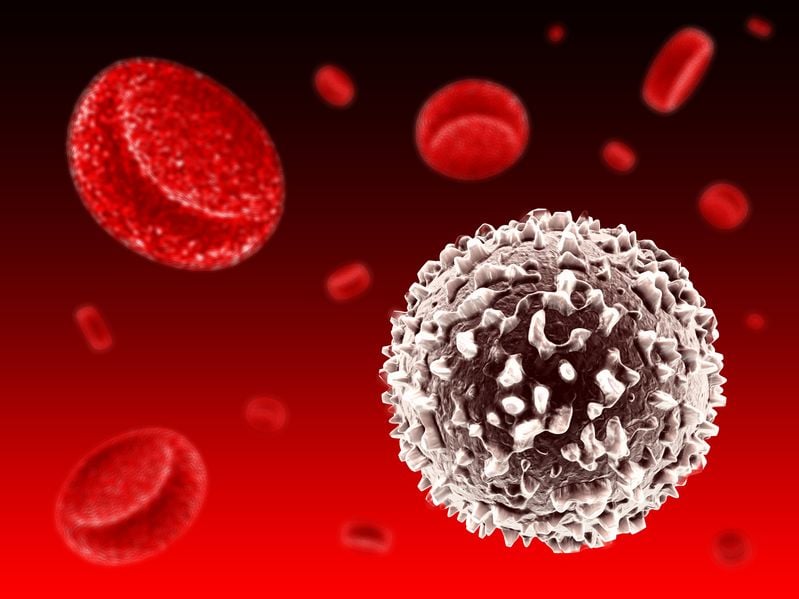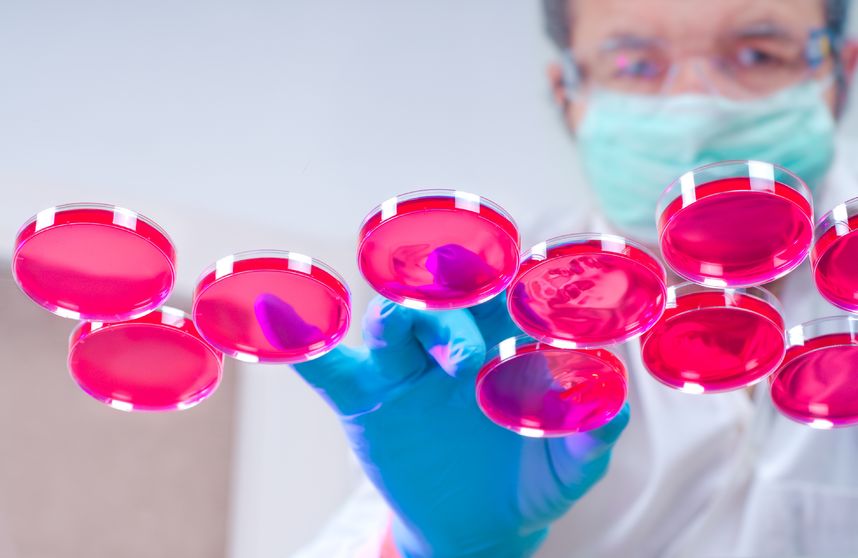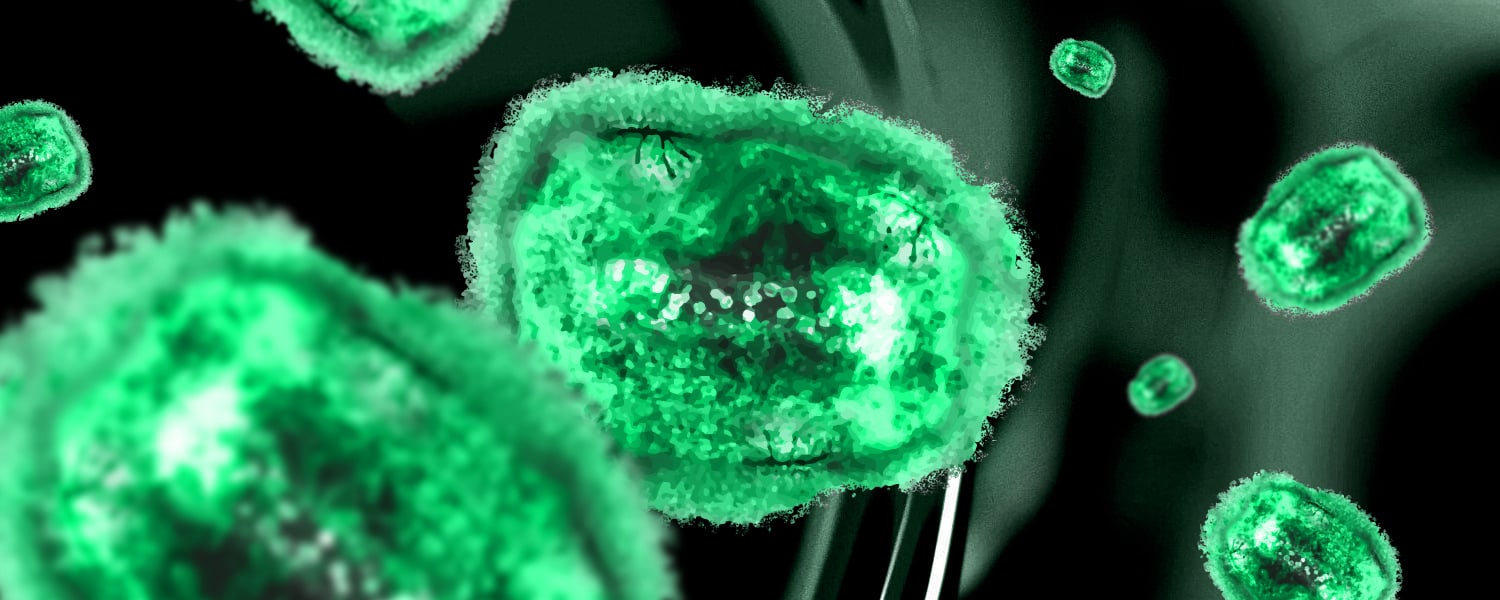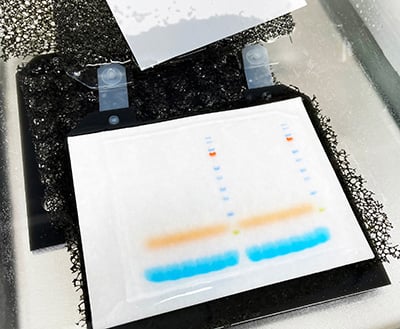Since the start of the COVID-19 pandemic, numerous companies raced to create a diagnostic test — at this point, hundreds of tests to detect SARS-CoV-2, the virus responsible for COVID-19, have been approved by the FDA. With this many tests to choose from, deciding on the best one to use is difficult.
Real-time reverse transcription polymerase chain reaction (rRT-PCR) tests tend to be preferred because of their high sensitivity. However, choosing to use this type of test still does not narrow down the pool much, considering the FDA has approved over one hundred different rRT-PCR tests. So, with this many tests to choose from, how do you know which one is best?
Therefore, this post serves as a guide to help you decipher which COVID-19 tests are more favorable than others. This post will be beneficial if you are in the process of setting up COVID-19 testing at your facility and are unsure which method to proceed with. It discusses ways to detect SARS-CoV-2, the differences in single vs. multiple viral targets tests, potential concerns about the new mutant viral strain of SARS-CoV-2, and how to choose the best SARS-CoV-2 detection test.
How to detect SARS-CoV-2

Figure 1. The SARS-CoV-2 virus has an envelope (E) with spike proteins (S) that covers its helical nucleocapsid (N), all of which are common targets for COVID-19 tests.
How to choose a good SARS-CoV-2 target
So then, how do you choose between the above-mentioned potential targets? A strong target should meet the following criteria:
- Be specific to SARS-CoV-2 without detecting other organisms to prevent potential false positives(cross-reactivity).
- Not readily mutate(otherwise, the test might fail to detect new strains).
- Provide a region for easy design of optimal primers and probes.
Based on these criteria, the SARS-CoV-2 N gene encoding the nucleocapsid protein is an excellent target. It does not appear to readily mutate because it is highly similar(90% amino acid homology) to the virus that caused SARS in Asia in 2003. However, it does contain regions that are specific to SARS-CoV-2.
On the other hand, the RdRp and S genes are less promising targets. They both seem to mutate readily. Point mutations in the RdRp gene have caused issues with diagnostic tests and antiviral treatments that inhibit the RdRp protein, such as Remdesivir. Mutations in the S gene have even lead to the emergence of several new SARS-CoV-2 variants. What’s worse is that S gene mutations may help increase virus transmissibility. So, those mutations occur more often.
Differences in tests that detect single vs. multiple viral targets
Although it seems illogical, tests that detect multiple SARS-CoV-2 targets are not necessarily superior to those that detect a single target. When a study compared 150 rRT-PCR tests, the six most sensitive tests(those with the lowest limit of detection) had a single target.
An understandable concern with tests that rely on a single target is the possibility of the target mutating and destroying the primer and/or probe binding site. However, as discussed above, the best targets are specifically analyzed and chosen based on their low likelihood to mutate.
Coronaviruses are known to be less likely to mutate than other viruses. One reason they mutate less often is because of their larger genomes. It is more detrimental for viruses with larger genomes to mutate. And coronavirus genomes can range anywhere from 26 to 32 kb long. Whereas other well-known viruses are smaller, such as HIV, which is 9.2 kb and Influenza A, which is 13.6 kb. So, coronaviruses repair their RNA with a protein called nonstructural protein 14(nsp14), leading to a more stable genome in the long term. And if you compare SARS-CoV-2 to other viruses, it mutates half as often as influenza and one-quarter as often as HIV.
Therefore, when choosing the best rRT-PCR test for COVID-19, it is less of a concern to choose one that relies on multiple targets because SARS-CoV-2 mutates less often than other RNA viruses.
Even if SARS-CoV-2 mutated, the test would only become invalid if the mutation occurred in the gene target, and the new strain would also need to spread widely. New strains spread widely only when mutations are advantageous to the virus. One new SARS-CoV-2 strain has spread worldwide since December 2020 because it carries mutations that increase its transmissibility. These mutations lie in the S gene(Figure 2), which is less stable than the N gene, as discussed above. Therefore, COVID-19 rRT-PCR tests that rely on a single stable target such as the N gene may be a good choice.

Figure 2. Advantageous mutations must occur for a new strain to spread widely. The new strain that has spread worldwide since December 2020 carries mutations in the S gene(coding for the spike protein) that increase its transmissibility and are therefore advantageous. One of the mutations alters the spike protein receptor-binding domain due to an asparagine(N) to tyrosine(Y) amino acid change at the 501 position.[2]
The challenges of using a test that detects multiple viral targets
Multiple-target rRT-PCR tests come with challenges, including potential technical issues and inconclusive results. Having more than one target increases the complexity of the rRT-PCR reaction. It can lead to problems, such as an increase of non-specific amplification products. Technical issues become worse if a multiple-target diagnostic test lacked precise optimization or changes were made to the testing protocol, such as using the test for a new sample type or with a different laboratory instrument than the test manufacturer recommends.
Multiple-target rRT-PCR tests can lead to inconclusive results more often than single-target rRT-PCR tests. A significant source of testing issues is when samples have extremely low virus concentrations. When a multiple-target rRT-PCR test is used with these types of samples, sometimes only one of the targets amplifies, leading to an ambiguous result and requires re-testing.
How to choose the best SARS-CoV-2 detection test
When comparing SARS-CoV-2 detection targets, the most important aspects to consider are how likely it is for the gene target to mutate(is it genetically stable?) and how specific it is to SARS-CoV-2(will it cross-react with other viruses?). The N gene provides a stable target with SARS-CoV-2-specific regions. It is up to you whether you prefer a test with multiple or single targets. However, keep in mind that multiple-target tests are not necessarily superior to single-target tests.
Ultimately when selecting a COVID-19 test, you will want to first check the limit of detection and then decide if the cost is appropriate and the number of tests will accommodate your facility’s needs.
Zymo Research provides numerous solutions to your COVID-19 testing needs. Get highly sensitive results in less than 2 hours (limit of detection is 167 viral copies/ml of sample and 10 viral copies/reaction) at affordable pricing. You can even use this test with high-throughput platforms. Be sure to check[3] out Zymo Research’s Quick SARS-CoV-2 Multiplex Kit. It has CE-IVD marking and has been submitted to the FDA for pre-EUA review. If you have other COVID-19 testing needs, click these links to learn about Zymo’s solutions to sample collection and viral RNA extraction, as well as their other SARS-CoV-2 rRT-PCR test option.
















